The terrible day doodlebug fell on Mr Cook's factory
This article contains affiliate links. We may earn a small commission on items purchased through this article, but that does not affect our editorial judgement.


Violet Meadus was newly married and not long out of her teens when she witnessed an act of heroism that saved her life.
Violet, who was 84 when this interview was conducted in 2007, and her sister, Olive, worked for R Cook and Sons Ltd, the builders on the junction of West Street and Oak Road.
Advertisement
Hide AdAdvertisement
Hide AdIt was July 1944 and Germany had developed a frightening new weapon, the Vergeltungswaffe-1 or V-1, known in England as the flying bomb, buzz bomb or doodlebug.
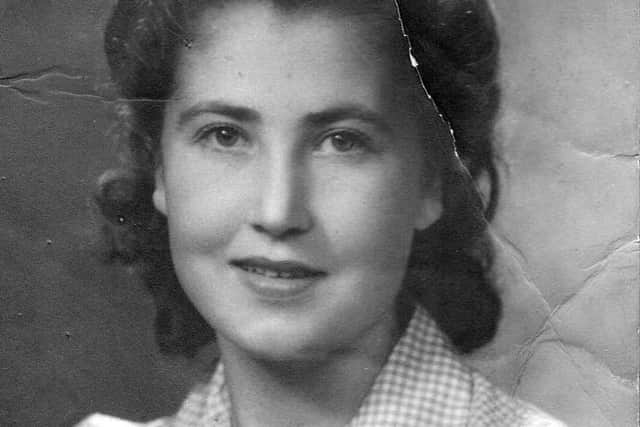

On July 10 a doodlebug came down on Crawley, despite the best efforts of one heroic Spitfire pilot.
Violet had vivid memories of the events leading up to the devastation that left seven people dead and injured 44 others.
She said: “We’d just checked in after lunch break but I didn’t go right to my bench.
Advertisement
Hide AdAdvertisement
Hide Ad“The sirens went off at the top of Goffs Hill. No one took any notice. I kept walking. I went out but I didn’t run. It wasn’t frightening.
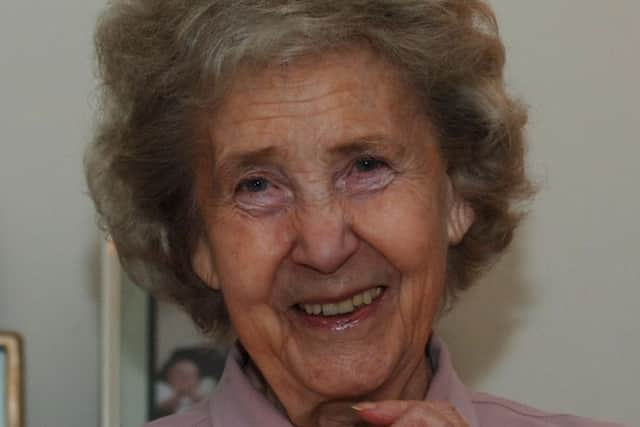

“I looked up and there was this Spitfire. I thought ‘whatever’s that man trying to do?’
“Then the flame (at the back of the bomb) stopped and I thought ‘my God, it’s coming down’ and I rushed back in and screeched ‘get out, it’s coming down’.
“Cook’s built houses before the war. I went out and laid down in a pile of sand and that’s all I remember. I couldn’t get up and it was like you were eating dust.
Advertisement
Hide AdAdvertisement
Hide Ad“Some one moved and then there was this hand. Then I saw a face and I thought ‘that’s Elsie’. She worked opposite me.
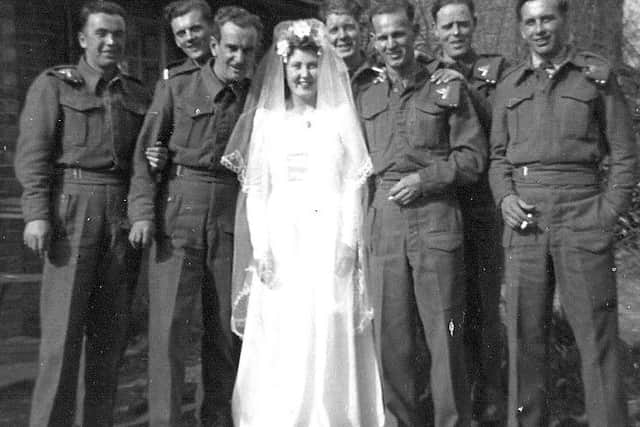

“I said ‘Elsie?’ She said ‘yes’ and I said ‘what’s the time, darling?’ It was 3.15pm. We had been unconscious for three hours.
“Elsie lived in Copthorne. Her father was a stretcher bearer. I said ‘you’ll be late for your bus’. I walked to the bus with her and from there I’m blank.
“I don’t know how I got home. My mother grabbed me and cried and cried and cried.
My hair was on end and it was all cut in different places.
Advertisement
Hide AdAdvertisement
Hide Ad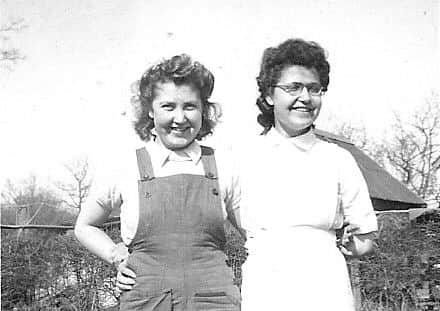

“I said later that the Spitfire pilot was a brave man going so close. He was trying to prod (the bomb) up into the field.
“You heard all sorts of heroic things they did. He came to the site later to see Mr Cook.
“It all happened in seconds really. If it had come straight down it would have been curtains for me, but it came down in front of the building in Oak Road. The flame stopped and it fell.”
While many would have hidden themselves away, desperate to stay safe, Violet and her friends were made of sterner stuff.
Advertisement
Hide AdAdvertisement
Hide AdWhen her boss, Leslie Cook, appealed for help clearing the bomb damage from his factory, she went back for what proved to be the last time.
She said: “I went back one day and it was the first I had seen of the carnage. I walked on the debris where the office would have been and I found this thing.
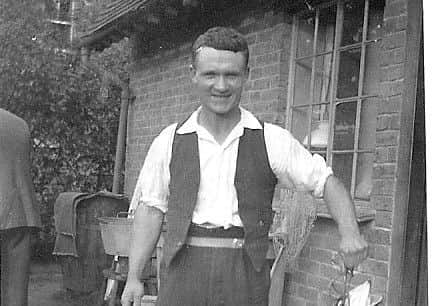

“It was a hard crust and some string. One of the demolition men shouted ‘that’s a scalp’ – what a thing to say. I dropped it and I never went back again.
“It sounds cowardly but I have never been up there again.”
Although she was never to work for Cook’s again, Violet recalled small details of her time there as if it were yesterday.
Advertisement
Hide AdAdvertisement
Hide AdWhile the firm built houses before the war, it was requisitioned for wartime activity and, in particular, the workers made fuel tanks for Spitfires.
She said: “I think about 150 people worked there. I had to weld this thing that went up into the wing and when I had done that it went through the door into the shop.
“Gladys had to put a skin all over the wing and then spray it. She smoked like a chimney!
“She was meant to drink two pints of milk a day but she used to take it home for her two children.”
Advertisement
Hide AdAdvertisement
Hide AdViolet married her sweetheart, Reg, in 1943: “A lot of us did – we knew D-Day was coming.”
Like so many young war brides, she soon had to wave her brave husband off to war and a time of terrifying uncertainty.
Speaking highly of her boss, Mr Cook, a gent who was not usually one to show his feelings, she remembered one time that he proved to be a great comfort.
She said: “One time, I was working and I was leaning on my bench and there were tears and I felt a hand on my back and it was Mr Cook. He said ‘he’ll be alright’.”
Advertisement
Hide AdAdvertisement
Hide AdThe factory was run by Leslie and his brother Don, who had a house in Springfield Road. Don died not long after the war.
Violet said: “I think Mr Cook died of cancer. He had two daughters, Jennifer and Josie.”
With her place of work destroyed, Violet went to work helping deal with bomb damage around the town.
“Talk about suddenly you’re a plumber!” she laughed.
Violet’s job was to carry out distempering work on damaged homes and she described one particular act of kindness that has stayed with her over the years.
Advertisement
Hide AdAdvertisement
Hide AdShe said: “One day some dear little old lady was walking along the street and said ‘my dear, do you do distempering?’
“She said ‘mine wasn’t bombed, but I’m old and I need my sitting room distempered’. We asked the foreman – he was a good one – and he came back with two cans of distemper. We said ‘that will come out of our wages’ but he said ‘no’ and he let us have it for free.”
One point Crawley history buffs will find interesting is the fact that the old lady’s house was “opposite the old laundry” where the infamous acid bath murderer John George Haigh conducted his grisly business.
Violet and Reg had many happy years together after the war. They had two daughters. Reg died in 1995.
Advertisement
Hide AdAdvertisement
Hide AdAlthough her sister, Olive, died in 2006, Violet’s nephew John Oliver became a regular visitor at his aunt’s Turners Hill home.
He said: “Reg came over with the Canadian forces during the war – as did my father. After the war Reg was responsible for a lot of the clearance work necessary to build Crawley New Town, and there is a picture or two of him in books of local history.
“I am trying to do a little more research re ‘the bomb’. One thing is for sure, the war had quite an impact on Crawley, even apart from the bombs. Violet and her two sisters Olive (my mother) and Ivy all married soldiers stationed there from across the UK and Canada.
“During the war our family - they were called Humphrey - lived at a house on Horsham Road which passed on to me following mum’s death. The house is in a time warp – it hasn’t changed hardly at all since those days. But Crawley itself has, of course, changed beyond recognition!”
Advertisement
Hide AdAdvertisement
Hide AdViolet wasn’t the only member of her family to have a close call with a doodlebug. Her brother, George, proved to have a guardian angel when a day’s work almost ended in tragedy.
Violet said: “He was in Ifield ploughing the field with two horses and the first doodlebug fell into the field. If it wasn’t for the horses he would be dead. They took all the shrapnel and were cut to pieces.”
A farmer by trade, George used cart horses for his work and could ride with the best of them. He is pictured winning a cart horse derby in Horsham.
Don’t miss out on all the latest breaking news where you live.
Advertisement
Hide AdAdvertisement
Hide AdHere are four ways you can be sure you’ll be amongst the first to know what’s going on.
1) Make our website your homepage at www.crawleyobserver.co.uk
2) Like our Facebook page at www.facebook.com/crawleyobserver
3) Follow us on Twitter @Crawley_Obby
4) Register with us by clicking on ‘sign in’ (top right corner). You can then receive our daily newsletter AND add your point of view to stories that you read here.
And do share with your family and friends - so they don’t miss out!
The Crawley Observer - always the first with your local news.
Be part of it.